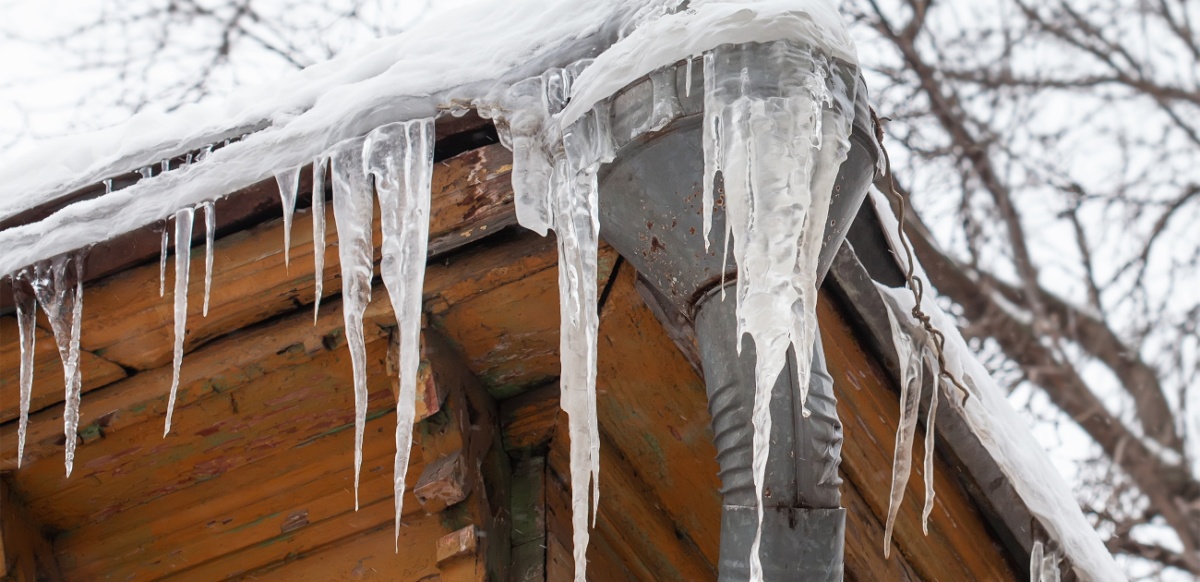Preventing Frozen Pipes: Effective Methods for Winter
Preventing Frozen Pipes: Effective Methods for Winter
Blog Article
They are making a number of great observations regarding How to Prevent Your Pipes From Freezing as a whole in the content underneath.

Cold weather can wreak havoc on your pipes, especially by freezing pipes. Here's how to avoid it from happening and what to do if it does.
Introduction
As temperature levels decrease, the risk of icy pipes increases, possibly bring about expensive fixings and water damage. Recognizing how to stop icy pipelines is essential for home owners in cool environments.
Comprehending Frozen Pipes
What creates pipes to ice up?
Pipes freeze when revealed to temperatures below 32 ° F (0 ° C) for extended periods. As water inside the pipes freezes, it increases, putting pressure on the pipeline wall surfaces and possibly causing them to burst.
Risks and problems
Frozen pipelines can cause water interruptions, property damage, and pricey repairs. Ruptured pipes can flooding homes and cause considerable structural damages.
Signs of Frozen Piping
Identifying frozen pipes early can avoid them from rupturing.
Exactly how to recognize frozen pipes
Seek decreased water flow from taps, unusual smells or noises from pipelines, and noticeable frost on revealed pipes.
Prevention Tips
Shielding prone pipelines
Wrap pipelines in insulation sleeves or utilize warm tape to protect them from freezing temperatures. Concentrate on pipelines in unheated or exterior locations of the home.
Home heating techniques
Maintain interior areas effectively heated, specifically locations with plumbing. Open closet doors to permit cozy air to distribute around pipelines under sinks.
Shielding Outside Plumbing
Yard pipes and outdoor faucets
Disconnect and drain yard hoses before winter. Install frost-proof faucets or cover exterior taps with shielded caps.
What to Do If Your Pipes Freeze
Immediate activities to take
If you think frozen pipes, maintain taps available to ease pressure as the ice melts. Utilize a hairdryer or towels soaked in warm water to thaw pipes slowly.
Long-Term Solutions
Architectural changes
Take into consideration rerouting pipelines far from exterior wall surfaces or unheated areas. Include added insulation to attic rooms, cellars, and crawl spaces.
Upgrading insulation
Invest in high-grade insulation for pipes, attics, and walls. Appropriate insulation aids maintain regular temperatures and decreases the threat of icy pipelines.
Conclusion
Protecting against frozen pipes needs positive steps and quick responses. By understanding the reasons, indications, and safety nets, house owners can secure their plumbing during winter.
6 Proven Ways to Prevent Frozen Pipes and Protect Your Home
Disconnect and Drain Garden Hoses
Before winter arrives, start by disconnecting your garden hoses and draining any remaining water. Close the shut-off valves that supply outdoor hose bibs and leave the outdoor faucet open to allow any residual water to drain. For extra protection, consider using faucet covers throughout the colder months. It’s also important to drain water from any sprinkler supply lines following the manufacturer’s directions.
Insulate Exposed Pipes
Insulating your pipes is an effective way to prevent freezing. Pipe insulation is readily available at home improvement stores and is relatively inexpensive. Pay close attention to pipes in unheated areas such as the attic, basement, crawl spaces, or garage. Apply foam insulation generously to create a buffer against the cold. You can also wrap your pipes in heat tape or thermostat-controlled heat cables for added warmth.
Seal Air Leaks
Inspect your home for any cracks or openings that could let in cold air. Seal any holes around the piping in interior or exterior walls, as well as the sill plates where your home rests on its foundation. Additionally, make sure to keep your garage door closed unless you’re entering or exiting. Leaving it open creates a significant air leak that can lead to frozen pipes.
Allow Warm Air Circulation
During cold snaps, it’s essential to allow warm air to circulate evenly throughout your home. Leave interior doors ajar to promote better airflow. Open kitchen and bathroom cabinets to help distribute heat consistently around the rooms. If you have small children or pets, be sure to remove any household chemicals or potentially harmful cleaners from open cabinets for safety.
Let Faucets Drip
A small trickle of water can make a big difference in preventing ice formation inside your pipes. When temperatures drop significantly, start a drip of water from all faucets served by exposed pipes. This continuous flow helps prevent the water from freezing. Additionally, running a few faucets slightly can relieve pressure inside the pipes, reducing the chances of a rupture if the water inside does freeze.
https://choateshvac.com/6-proven-ways-to-prevent-frozen-pipes-and-protect-your-home/

I was made aware of that article about How to prepare your home plumbing for winter weather through someone on another web address. Enjoyed reading our piece of writing? Please quickly share it. Let others find it. I am grateful for being here. Kindly pay a visit to our website back soon.
Hire A Pro Report this page